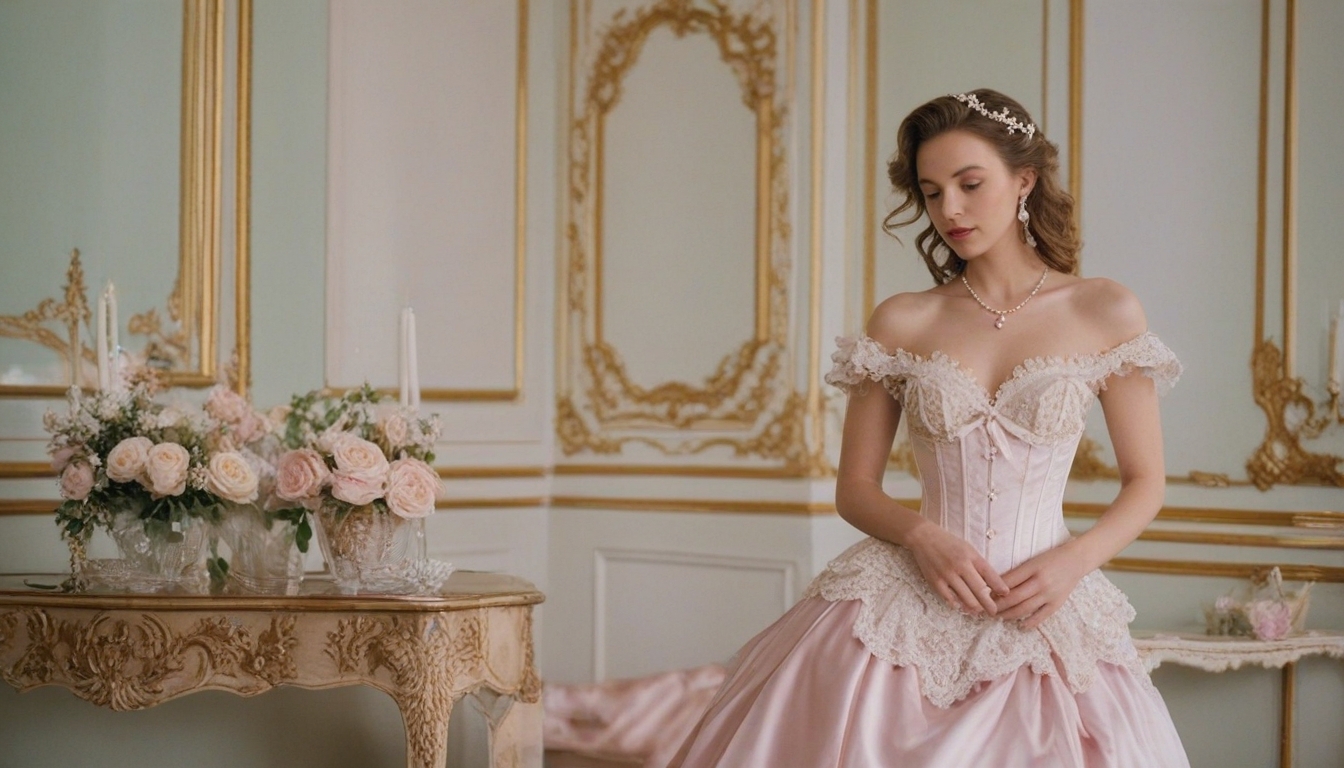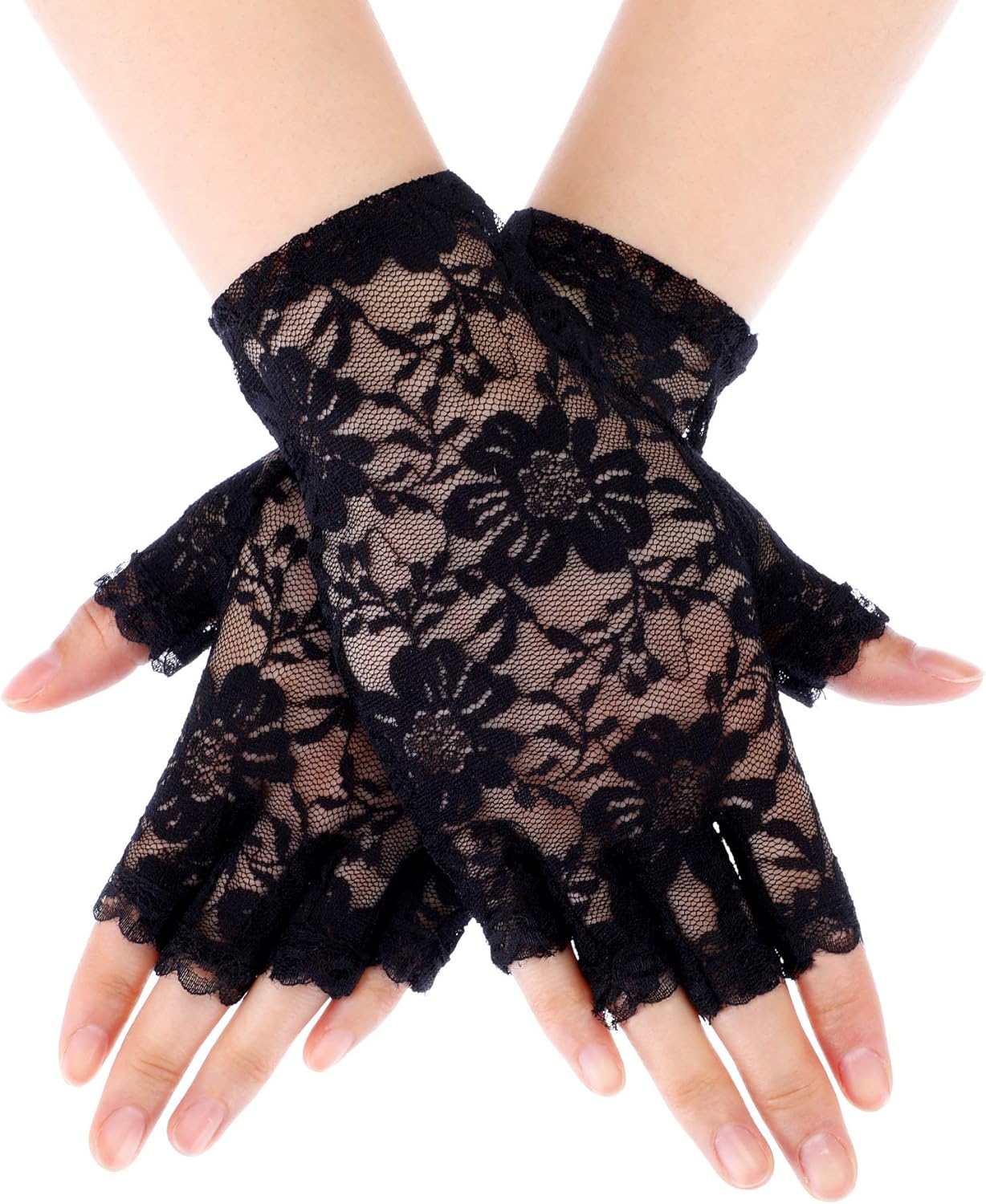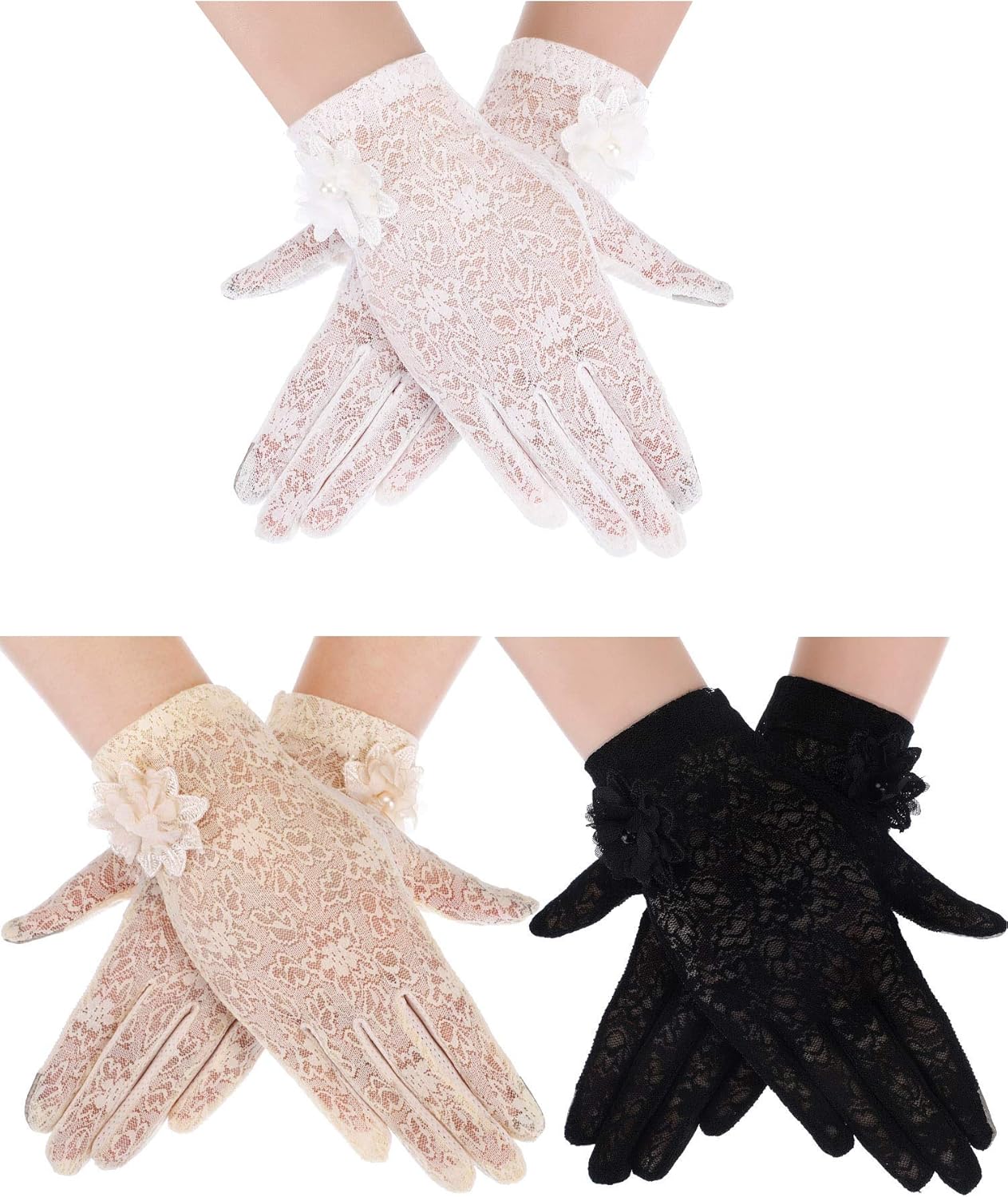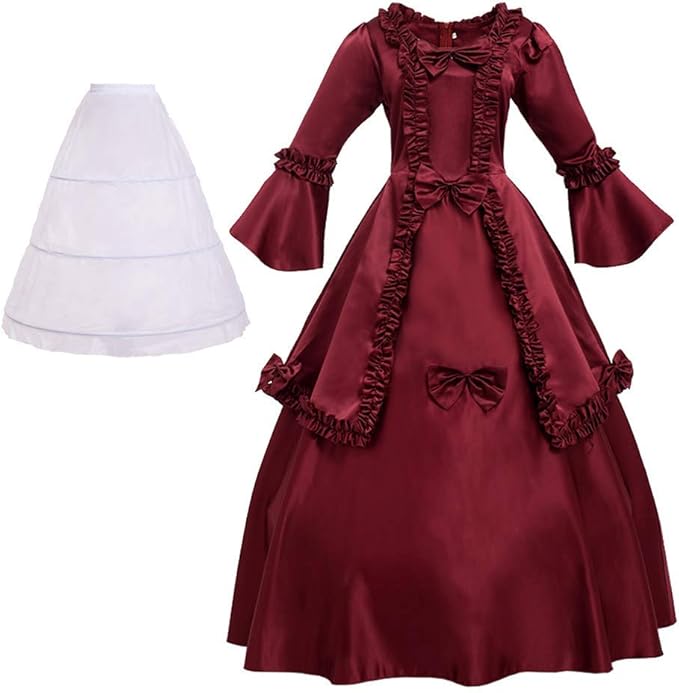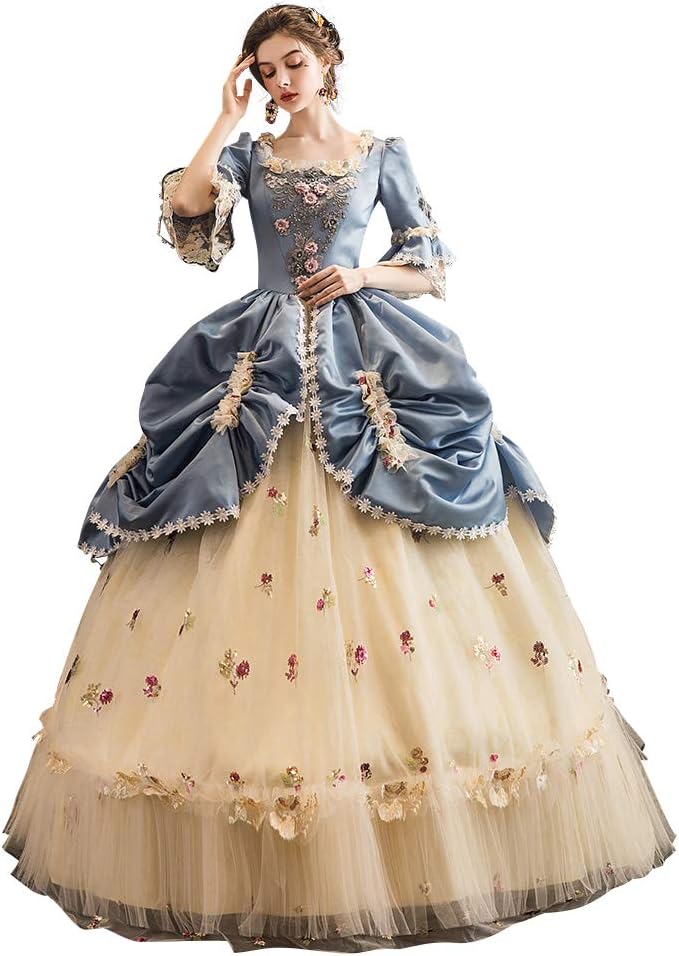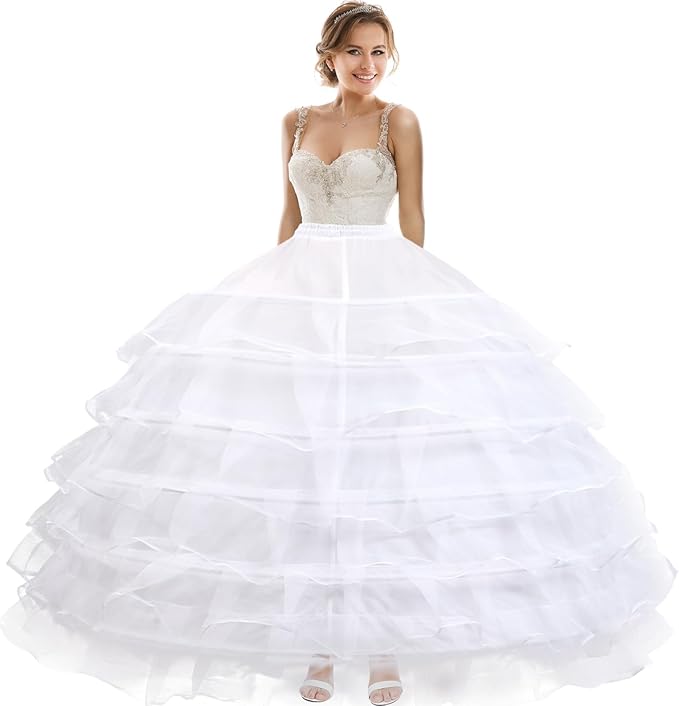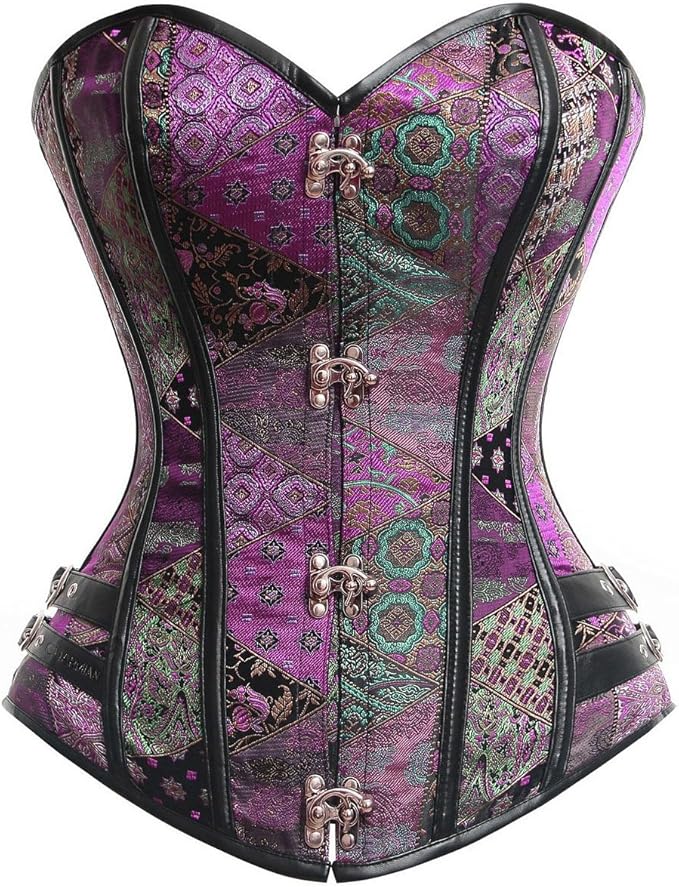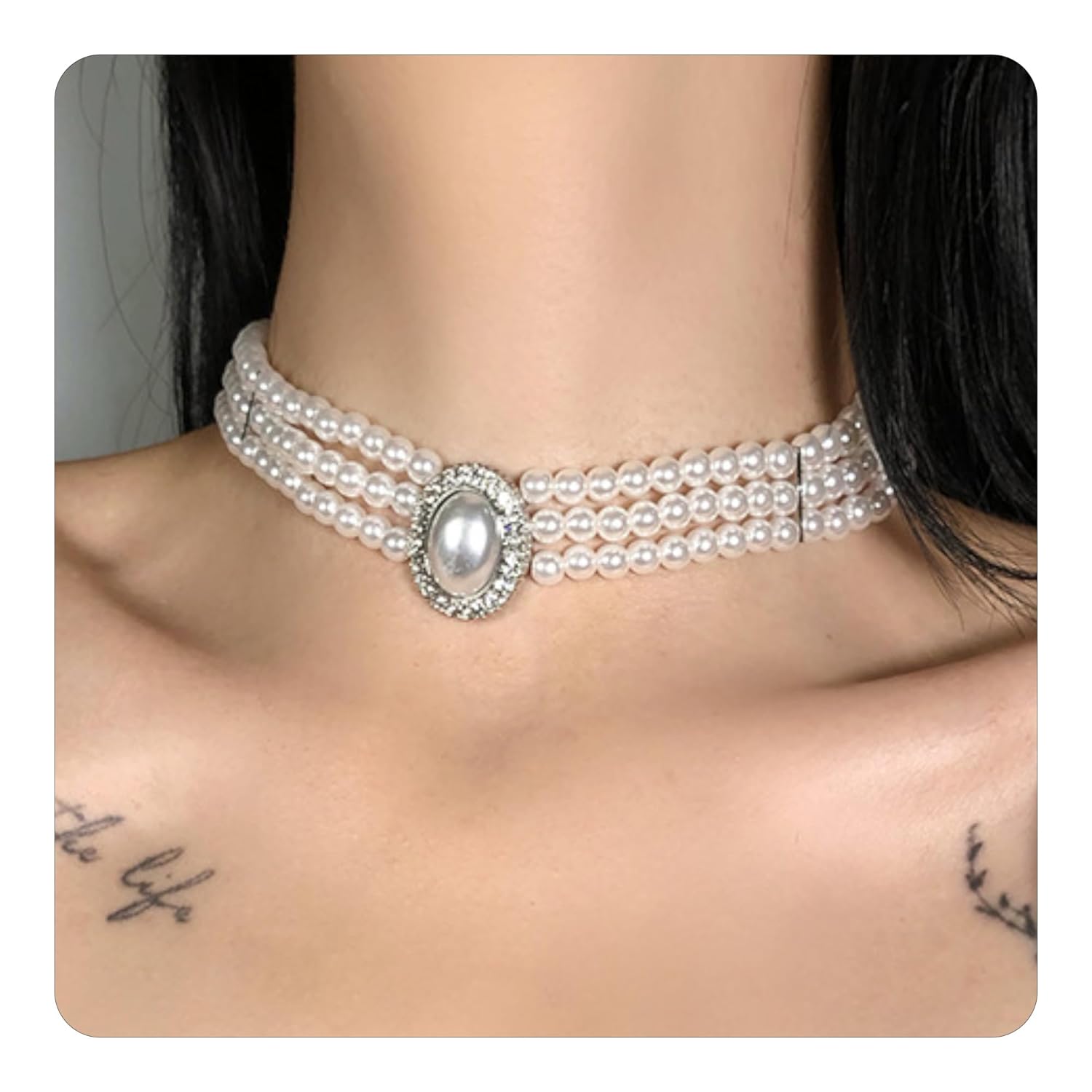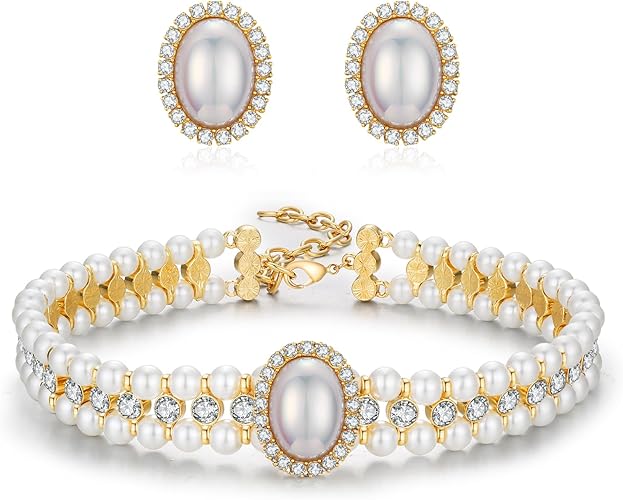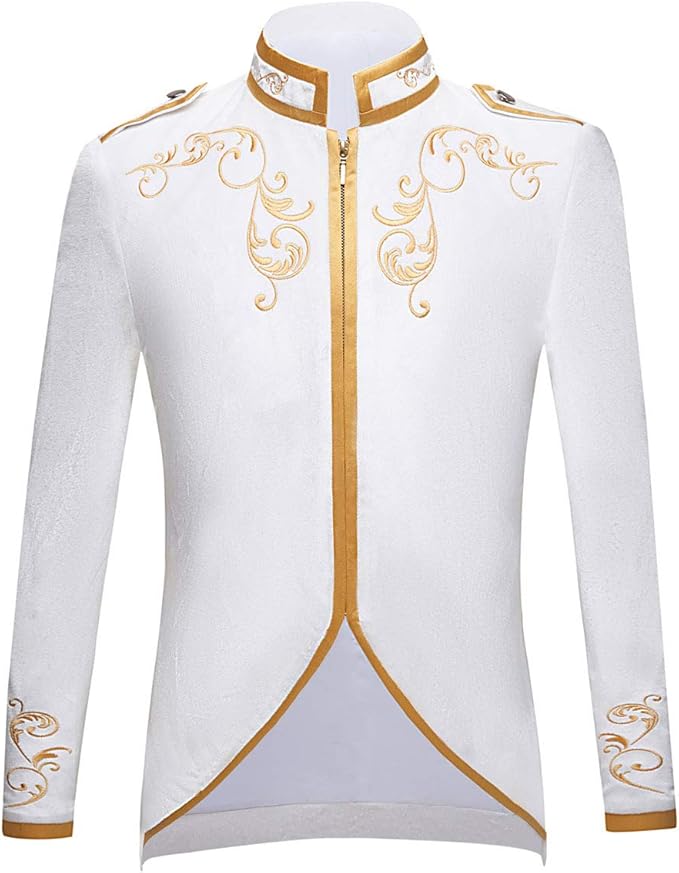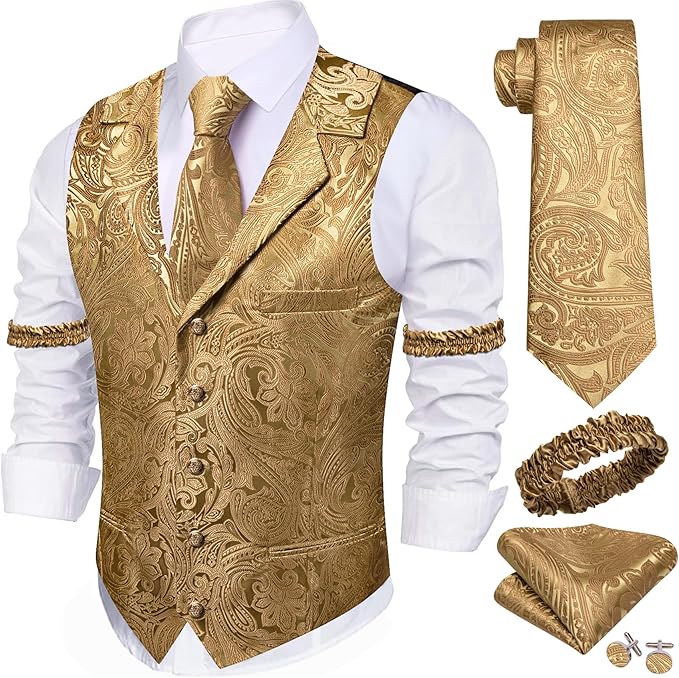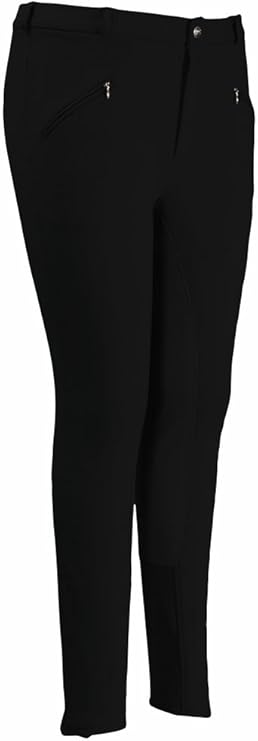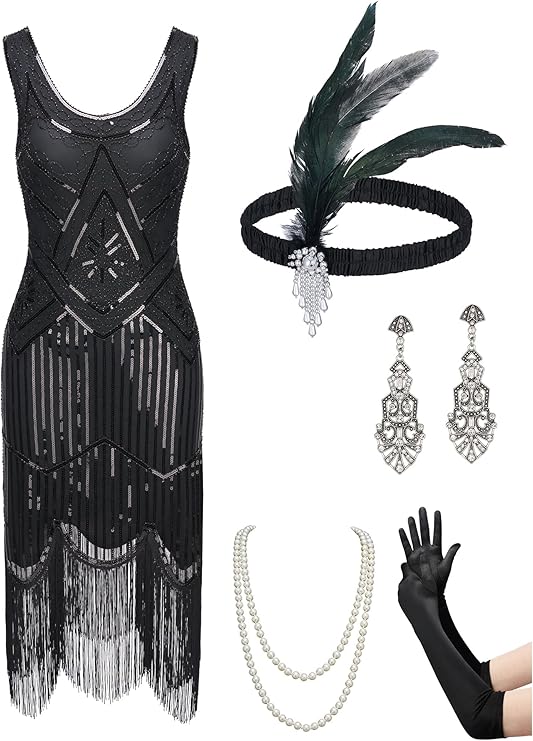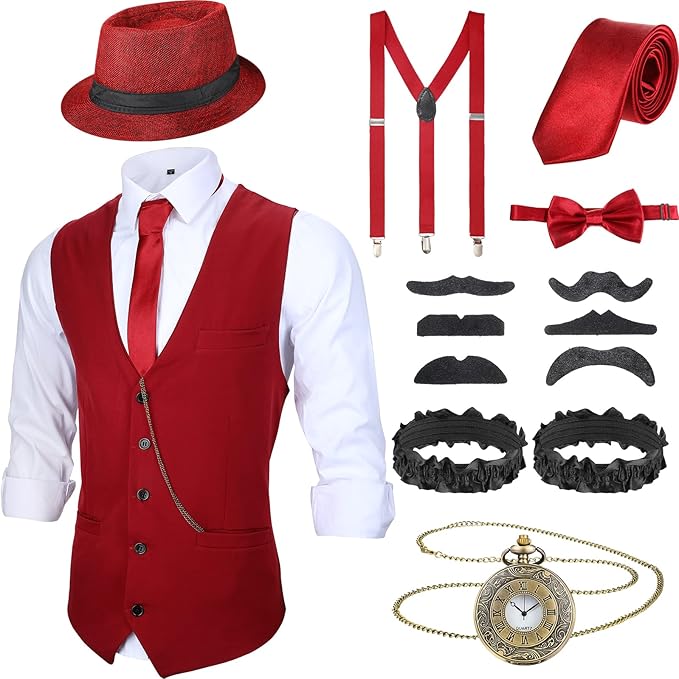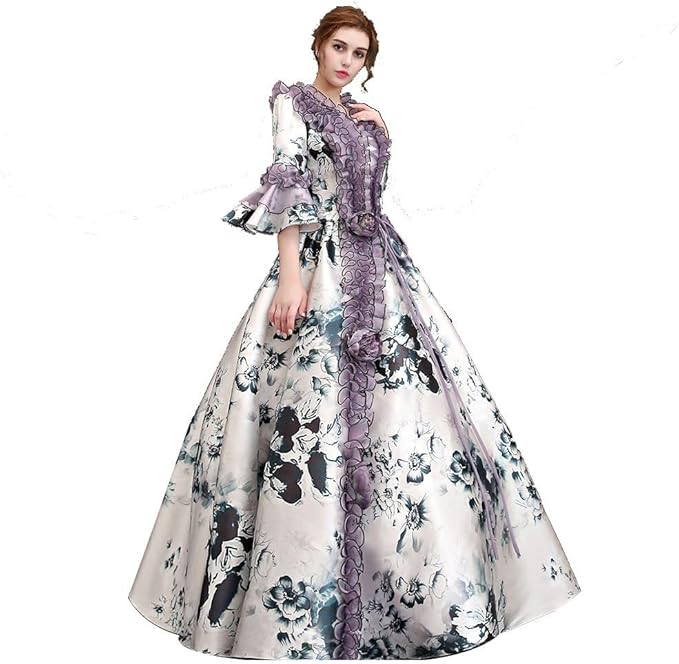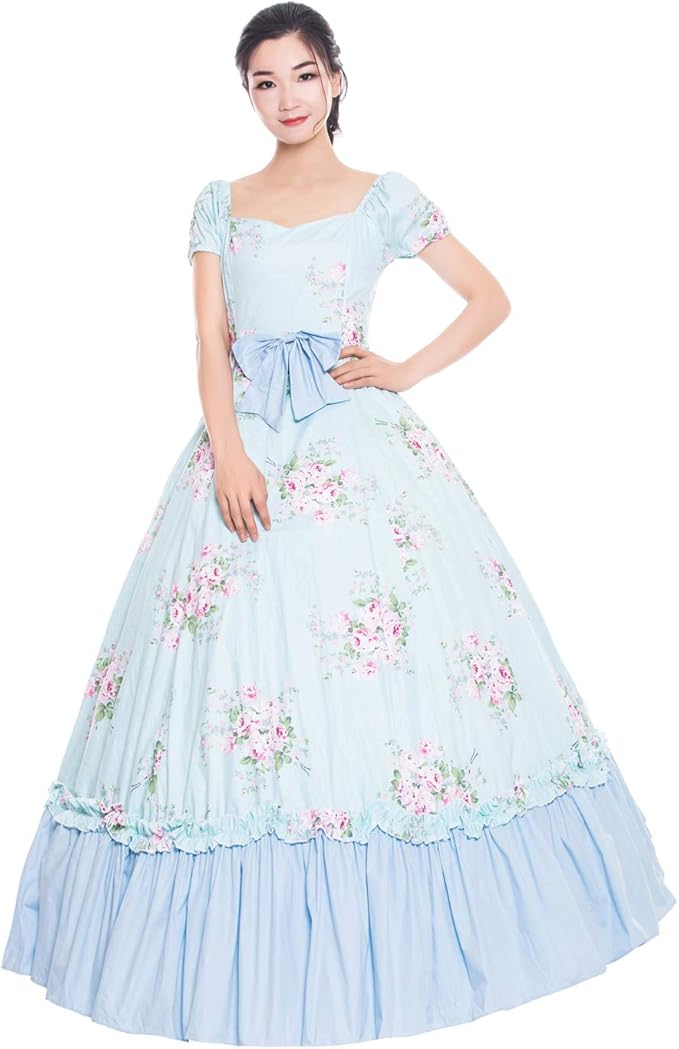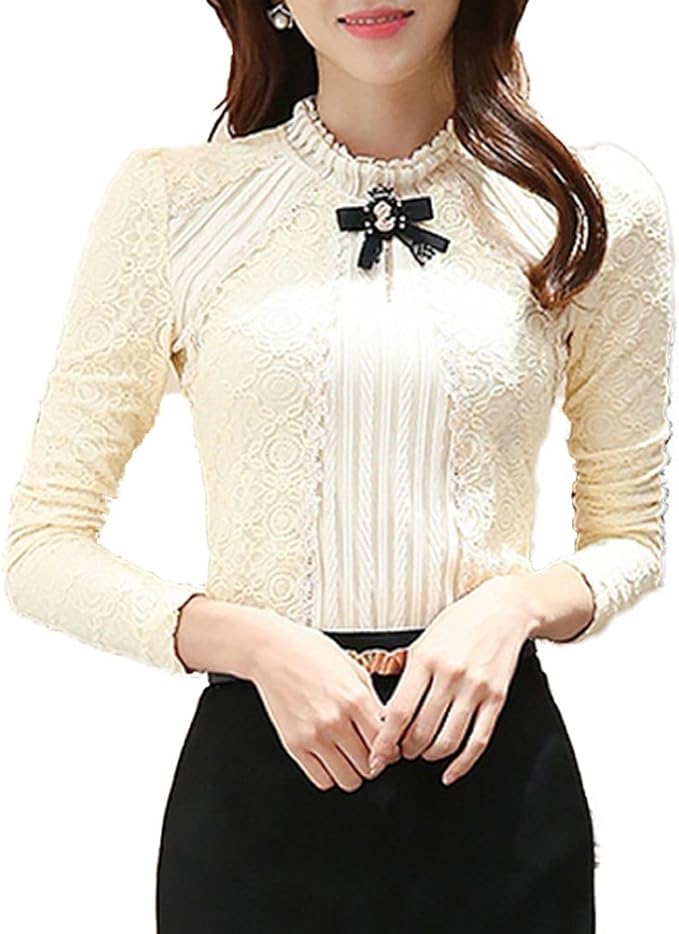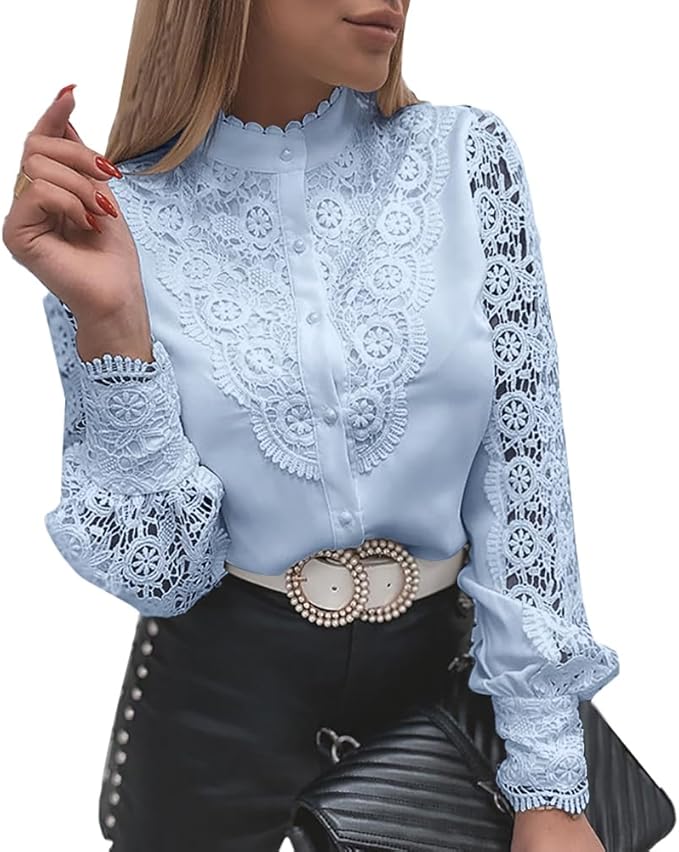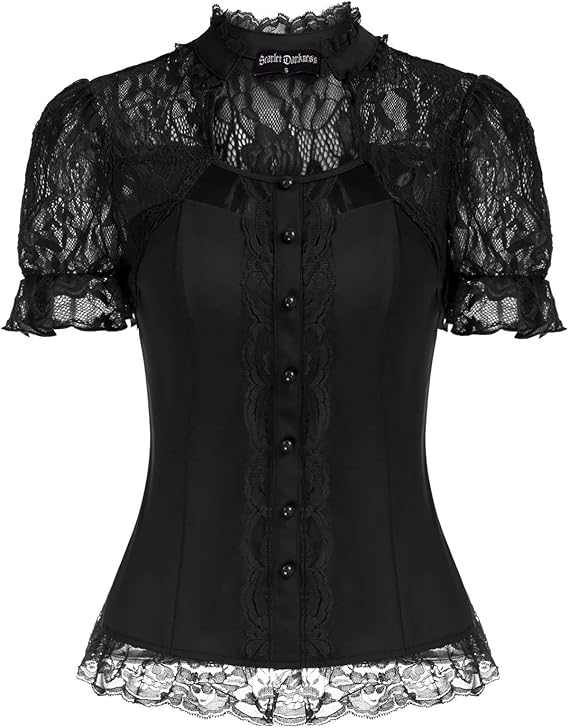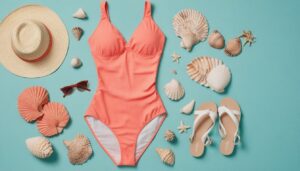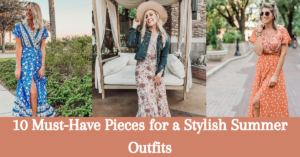Step into the enchanting world of Rococo fashion, where elegance meets extravagance. Flourishing in the early 18th century, this opulent style redefined luxury with its intricate details, soft pastel hues, and lavish embellishments. Unlike the dramatic grandeur of the Baroque era, Rococo outfits embraced a lighter, more playful aesthetic, delicate lace, floral embroidery, and flowing silhouettes became the signature of aristocratic refinement.
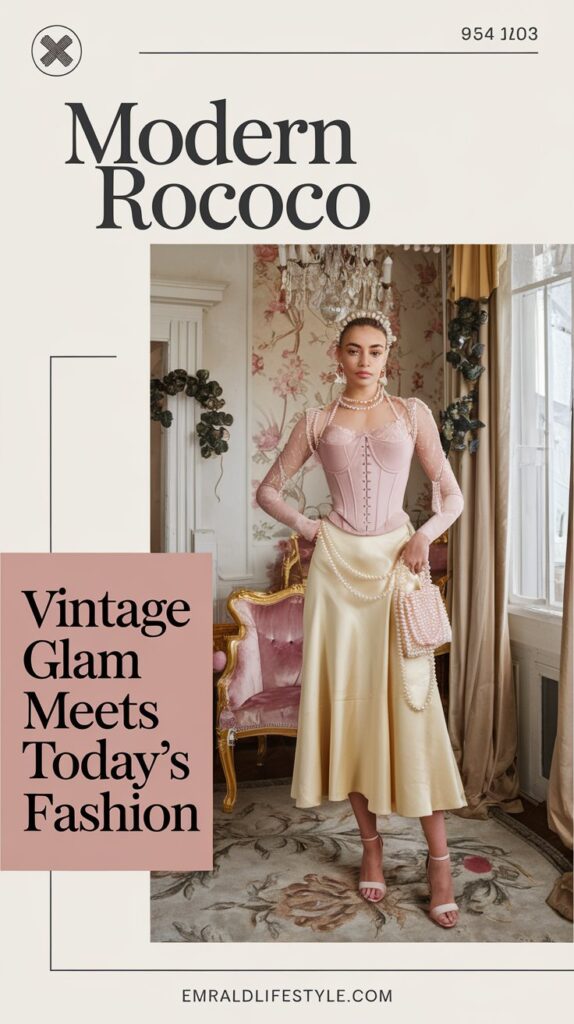
A Rococo outfits was more than just clothing; it was a statement of status, artistry, and sophistication. Women draped themselves in silk gowns adorned with ruffles and bows, while men showcased embroidered waistcoats and tailored coats. Every piece reflected a love for beauty and meticulous craftsmanship.
Even today, the elegance of Rococo continues to inspire modern fashion, interior design, and couture collections. From corset-style dresses to pearl-embellished accessories, traces of this timeless aesthetic remain. Whether you’re captivated by its history or looking to incorporate Rococo elements into your wardrobe, this deep dive will unveil the charm of 18th-century fashion and its enduring influence.
The Origins of Rococo Fashion
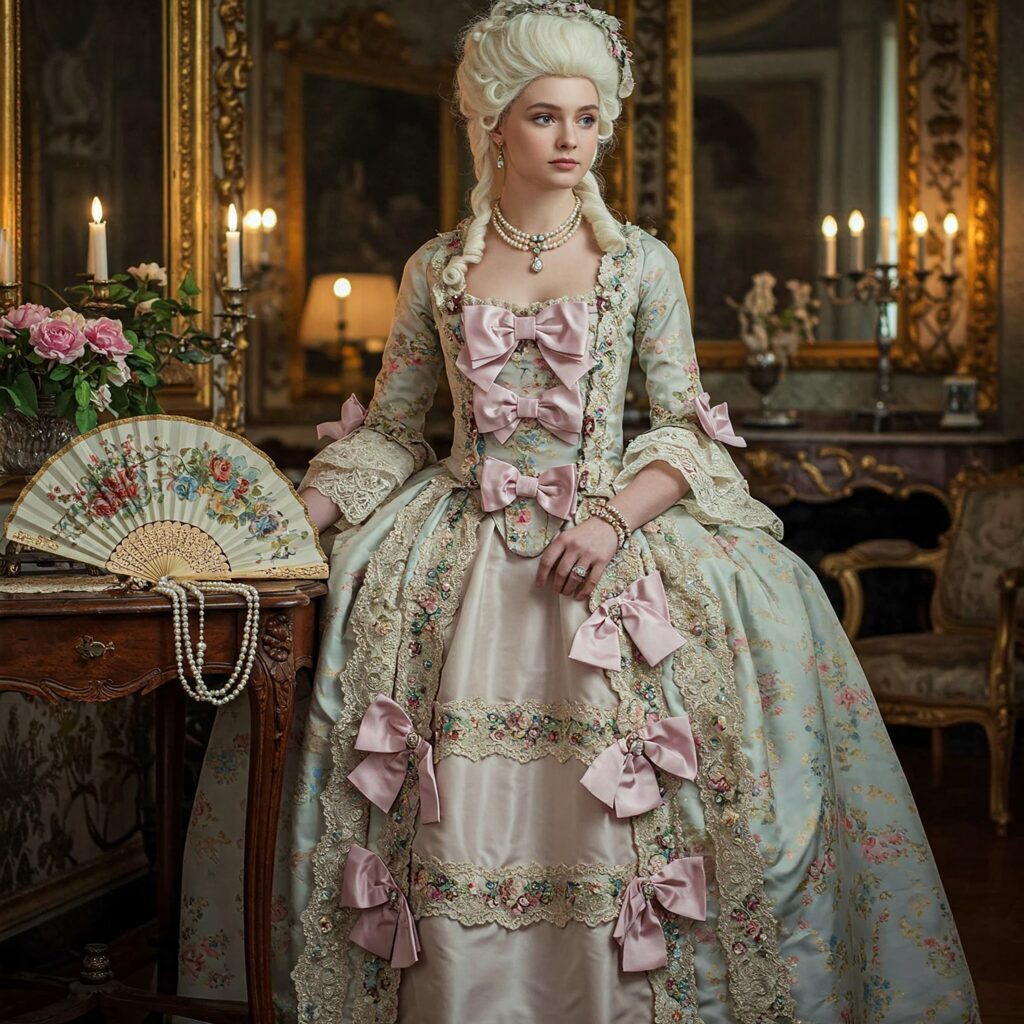
Rococo fashion emerged in the early 18th century, marking a shift from the grandeur of the Baroque era to a more refined and whimsical aesthetic. This style flourished in France, particularly during the reign of King Louis XV (1715–1774), when aristocrats sought elegance and lightheartedness in their attire. Unlike the heavy, dark fabrics of Baroque fashion, Rococo outfits featured delicate silks, floral embroidery, and airy pastels, reflecting a society that valued leisure, beauty, and sophistication.
France: The Heart of Rococo Elegance
Under Louis XV, France became the epicenter of fashion, dictating trends across Europe. The court at Versailles set the standard for Rococo style, where nobles showcased extravagant gowns, flowing skirts, and intricate lace detailing. Fashion became a form of self-expression, with designers catering to the elite’s desire for personalized, opulent ensembles. The aristocracy’s obsession with aesthetics extended beyond clothing, Rococo’s influence could be seen in interior décor, art, and even garden design.
Madame de Pompadour: The Icon of Rococo Fashion
One of the most influential figures of Rococo elegance was Madame de Pompadour, the chief mistress of Louis XV and a true fashion trendsetter. She popularized many of the era’s signature styles, favoring pastel gowns, floral patterns, and pearl-adorned accessories. Her love for fine fabrics and delicate embellishments set the tone for Rococo outfits, inspiring women to embrace femininity and grace in their attire.
Madame de Pompadour’s legacy lives on in today’s fashion, where designers continue to draw inspiration from the intricate details and soft hues of the Rococo era. Whether through lace corsets, ruffled dresses, or pearl-embellished jewelry, her influence remains undeniable.
Key Features of Rococo Outfits
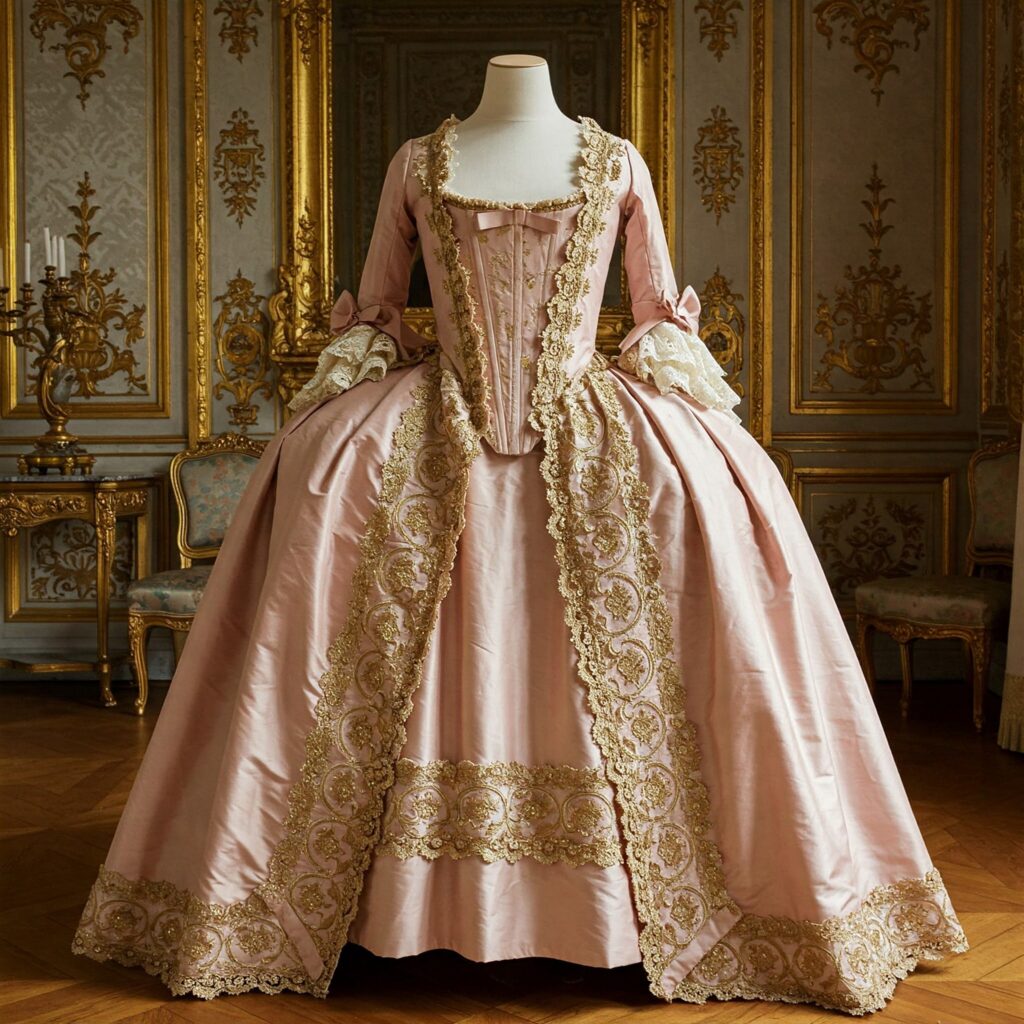
Rococo fashion was a celebration of extravagance, femininity, and intricate craftsmanship. Every Rococo outfit was designed to highlight elegance, using luxurious fabrics, delicate embroidery, and ornate embellishments. The aesthetic was light, graceful, and romantic, with an emphasis on fluid movement and artistic detailing. Let’s explore the defining elements that made Rococo style truly iconic.
a. Delicate Fabrics and Intricate Embroidery
Rococo fashion relied on high-quality fabrics that draped beautifully and enhanced the wearer’s silhouette. Silk, satin, and lace were staple materials, providing a soft, luxurious feel. The designs often featured:
- Hand-stitched floral embroidery, inspired by nature’s delicate beauty.
- Gold and silver thread detailing, adding an element of opulence.
- Lace trims and ruffles, elevating gowns with romantic charm.
To recreate the elegance of Rococo fashion, consider adding lace accessories to your wardrobe.
🔹 Recommended pick: Skylety 3 Pairs Lace Gloves
b. Pastel Color Palette and Soft Tones
Rococo fashion embraced light, dreamy colors, moving away from the deep jewel tones of the Baroque era. The most popular shades included:
- Powder blue and blush pink, symbolizing refinement and grace.
- Soft gold and ivory, evoking luxury and sophistication.
- Mint green and lavender, offering a fresh and ethereal look.
These pastel hues were often enhanced with delicate floral patterns and shimmering accents, creating a soft yet regal appearance. Today, Rococo-inspired gowns continue to capture this timeless beauty.
🔹 Recommended pick: Rococo Victorian Baroque Marie Antoinette Dresses Renaissance Period Ball Gown
c. The Grandeur of Corsets and Hoop Skirts
The ideal Rococo silhouette was all about creating a striking, feminine shape. Women achieved this look with:
- Corsets, which cinched the waist and enhanced curves.
- Panniers and hoop skirts, which extended the hips for dramatic volume.
- Layered petticoats, adding fullness and structure to gowns.
While corsets have evolved over time, modern interpretations still embrace the elegant, structured look of 18th-century fashion.
🔹 Recommended pick: Women’s Steampunk Gothic Brocade Steel Boned Bustier Corset with Buckle
d. Embellishments, Ribbons, and Lace
No Rococo outfit was complete without exquisite embellishments. Every detail was carefully designed to add charm and sophistication, including:
- Bows and ribbons, often cascading down gowns and sleeves.
- Pearl and gemstone accents, enhancing elegance and femininity.
- Lace trims, giving garments a delicate, airy appearance.
Even today, you can add a touch of Rococo elegance to your wardrobe with refined accessories.
🔹 Recommended pick: Layered Pearl Choker Necklace
Rococo fashion remains a symbol of grace, beauty, and artistry. Whether through intricate lace, pastel hues, or structured silhouettes, its influence continues to enchant fashion lovers worldwide.
Men’s Rococo Fashion: Elegance in Tailoring
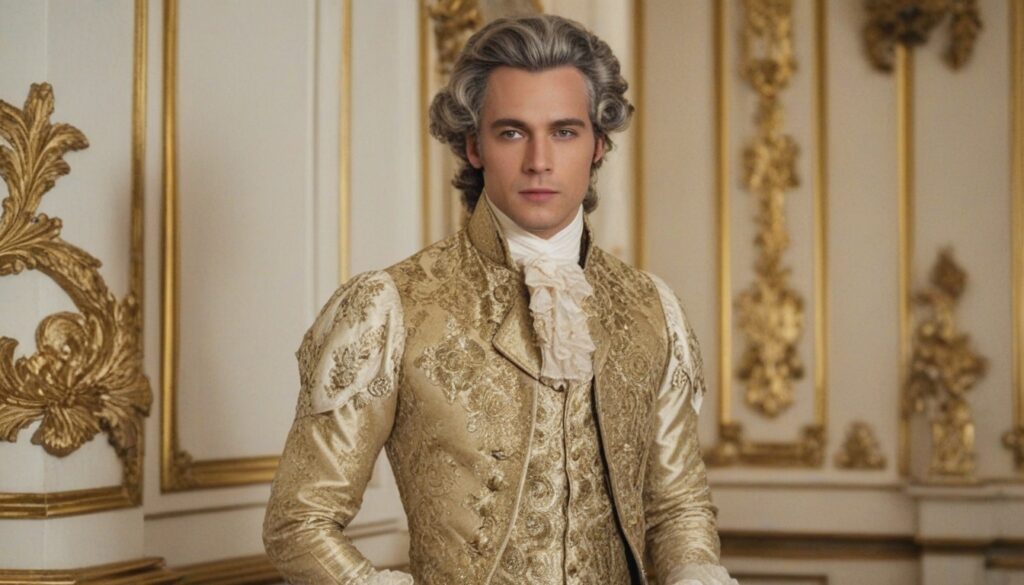
While Rococo fashion is often associated with lavish gowns and delicate embellishments, men’s Rococo outfits were equally extravagant. Aristocratic men of the 18th century embraced intricate tailoring, luxurious fabrics, and refined accessories, creating a look that exuded elegance and sophistication.
The Art of Tailoring: Brocade Coats, Embroidered Waistcoats, and Silk Stockings
Men’s Rococo style was defined by a three-piece ensemble that emphasized structure and opulence:
- Brocade and velvet coats with elaborate gold embroidery.
- Embroidered waistcoats, often featuring floral patterns or metallic thread.
- Silk breeches that reached just below the knee, paired with fine stockings.
These garments were designed to highlight the wearer’s status and refined taste, making every detail, from ornate buttons to delicate lace cuffs, an essential part of the overall aesthetic.
🔹 Recommended pick: Men’s Stylish Court Prince Black Velvet Gold Embroidery Blazer Suit Jacket
The Significance of Powdered Wigs and Tricorn Hats
Accessories played a crucial role in completing a gentleman’s Rococo outfit. The most iconic elements included:
- Powdered wigs, often curled and tied with ribbons, symbolizing aristocratic sophistication.
- Tricorn hats, a fashionable and practical accessory that added an air of authority.
- Lace jabots and ruffled cuffs, bringing an extra touch of elegance to the ensemble.
These details transformed men’s fashion into an artistic expression, mirroring the grandeur of Rococo interiors and art. Even today, Rococo-inspired waistcoats and accessories remain popular in historical reenactments, period films, and high-fashion collections.
The refined tailoring and intricate embellishments of men’s Rococo fashion continue to inspire designers, proving that elegance never goes out of style.
The Influence of Rococo Elegance in Modern Fashion
The delicate beauty of Rococo outfits continues to inspire today’s fashion industry, blending 18th-century elegance with modern sensibilities. From haute couture runways to bridal gowns, the opulent details of Rococo style remain timeless.
Rococo’s Influence on Haute Couture and Bridal Fashion
Many contemporary designers embrace Rococo elements, incorporating:
- Intricate embroidery and lace, reminiscent of 18th-century craftsmanship.
- Pastel color palettes, evoking romance and femininity.
- Flowing silhouettes with structured corsets, creating a regal, figure-flattering shape.
Bridal fashion, in particular, has adopted Rococo elegance, with gowns featuring lace appliqués, pearl embellishments, and soft draping. These details transform wedding dresses into fairytale-worthy creations, echoing the refined artistry of the past.
🔹 Recommended pick: Rococo-inspired modern dress
Notable Designers Embracing Rococo Aesthetics
Several designers have drawn inspiration from the Rococo era, infusing modern collections with historical charm. Some of the most notable include:
- Christian Dior, whose ethereal designs often feature Rococo-style embroidery and pastel tones.
- Vivienne Westwood, known for corsetry and historical silhouettes with a contemporary edge.
- Alexander McQueen, whose attention to intricate embellishments and regal structures mirrors the grandeur of the 18th century.
Whether in high fashion or ready-to-wear collections, Rococo-inspired designs continue to captivate, proving that elegance and romance are forever in style.
How to Incorporate Rococo Aesthetics into Your Wardrobe Today
You don’t need to step back into the 18th century to embrace the beauty of Rococo outfits. By integrating key elements into your everyday style, you can add a touch of Rococo elegance without looking like you’re in a costume drama. Here’s how to achieve a refined, modern take on Rococo fashion.
Tips for Infusing Rococo into Your Style
- Embrace Delicate Fabrics – Opt for lace, satin, and chiffon to capture the airy, romantic feel of Rococo outfits.
- Choose Pastel Hues – Incorporate soft pinks, powder blues, and ivory into your wardrobe for a timeless, feminine touch.
- Look for Intricate Embellishments – Seek out clothing with embroidery, pearls, ruffles, or bows for that signature Rococo style.
- Balance Modern and Vintage Elements – Pair Rococo-inspired blouses or corset tops with sleek trousers or jeans for an elegant yet wearable look.
- Accessorize Wisely – A pearl choker, lace gloves, or floral hairpiece can instantly add a vintage-inspired charm to your outfit.
🔹 Recommended pick: Modern Rococo-style blouse
Conclusion
The Rococo outfit remains one of history’s most enchanting fashion statements, celebrated for its intricate details, pastel color palettes, and extravagant silhouettes. While it originated in the 18th century, its influence continues to shape modern haute couture, bridal fashion, and statement accessories.
From Christian Dior’s ethereal gowns to Vivienne Westwood’s corset-inspired designs, Rococo elegance still captivates designers and fashion lovers alike. By incorporating delicate fabrics, refined embellishments, and vintage-inspired accessories, you can bring a touch of this timeless aesthetic into your wardrobe today.
Ready to embrace Rococo fashion? Explore Rococo-inspired pieces and add a hint of 18th-century charm to your modern style!

